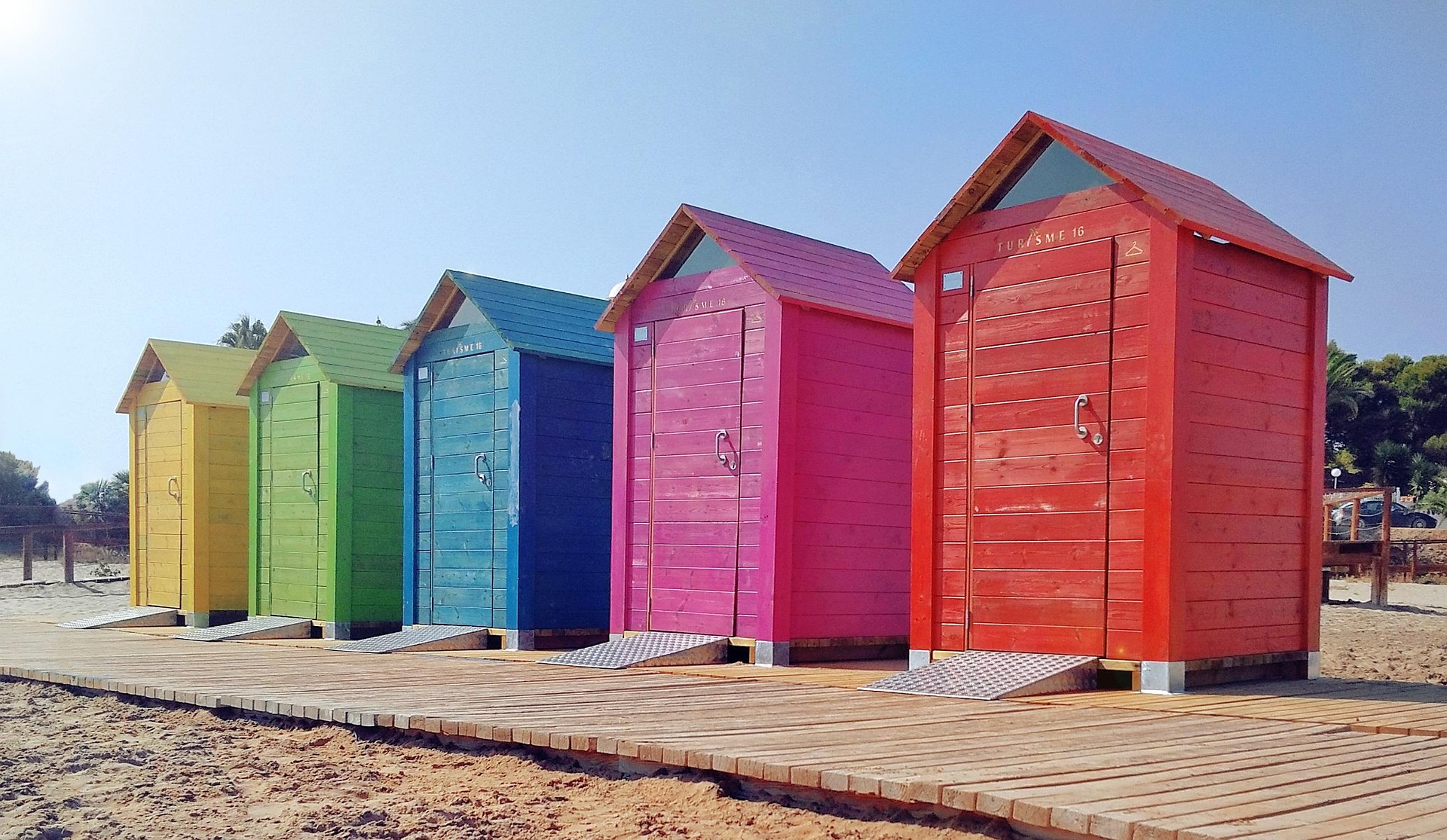

At a glance, all screens kind of look the same: little square holes in a greyish-black fabric.
But pull on one, push on the other, and suddenly you realize—one’s a screen, the other’s a fortress.
If you’ve ever wondered whether high-tension mesh is just a fancy upsell or actually worth it, here’s the full breakdown.
Spoiler: If you’re serious about security (or just sick of ripped screens), you’re gonna want the upgrade.
High-tension mesh is exactly what it sounds like: screen mesh stretched taut inside a heavy-duty aluminum/metal frame, designed to resist pressure, tampering, and sagging.
Most commonly, it refers to 316 marine-grade stainless steel mesh—the kind used in professional-grade security screens.
Key features:
The average Ontario home comes with:
These are designed to keep bugs out. That’s it.
They tear easily, stretch over time, and don’t stand a chance if anything bigger than a moth bumps into them.
They’re fine—until they’re not.
| Feature | Regular Screens | High-Tension Mesh |
|---|---|---|
| Bug Protection | ✓ | ✓✓✓ |
| Knife/Tool Resistance | ✗ | ✓✓✓ |
| Sag Resistance | ✗ | ✓✓✓ |
| Weather Resistance | ✓ (kinda) | ✓✓✓ |
| Security Rating | ✗ | AS5039 Certified |
| Kid/Dog-Proof | ✗ | ✓✓✓ |
| Lifespan | 2–5 years | 15–25+ years |
High-tension mesh is ideal for:
Bonus: It still looks like a screen.
From a few feet away, no one knows your house is locked down like Fort Knox.
| Mesh Type | Cost (Installed) | Value |
|---|---|---|
| Standard Fibreglass | $60–$120 per window | Cheap, short-term |
| High-Tension Security Mesh | $600–$1200 per window | High upfront, long-term peace of mind |
It’s not apples-to-apples.
It’s more like comparing flip-flops to steel-toe boots.
One’s fine at the beach. The other? Built for impact.
If you:
Yes, upgrade.
High-tension mesh is one of those decisions you only make once—and then forget about, because it just works.
Upgrade your screens. Get security screens today


